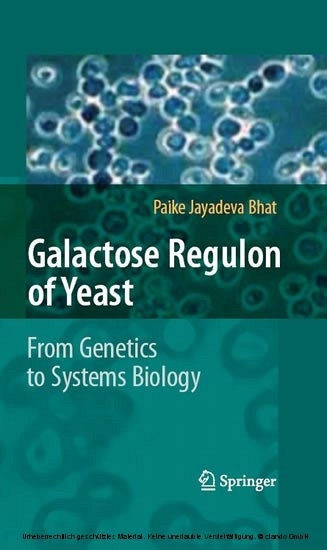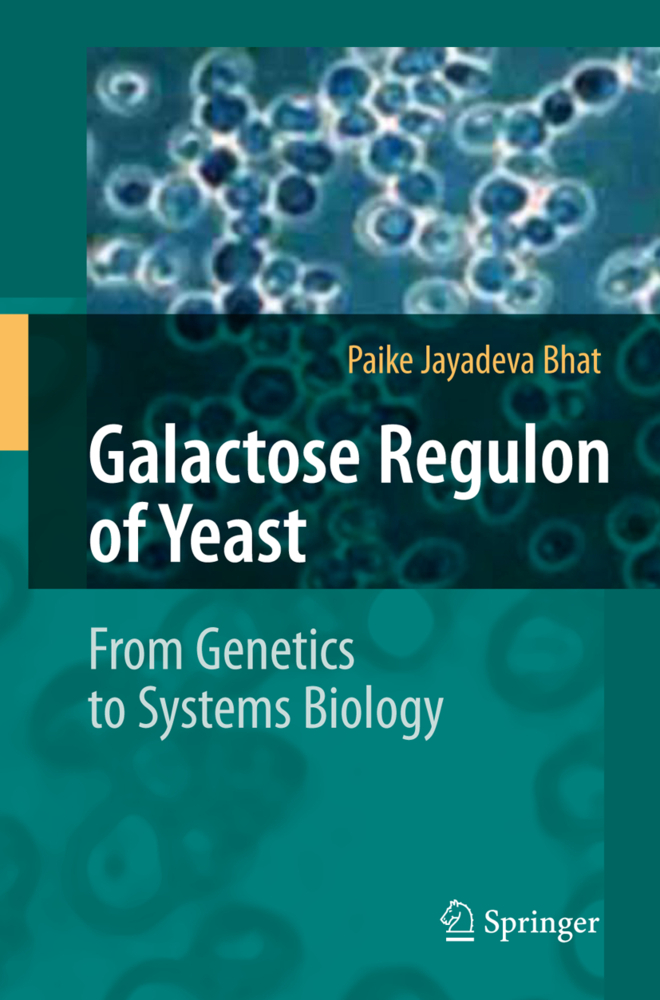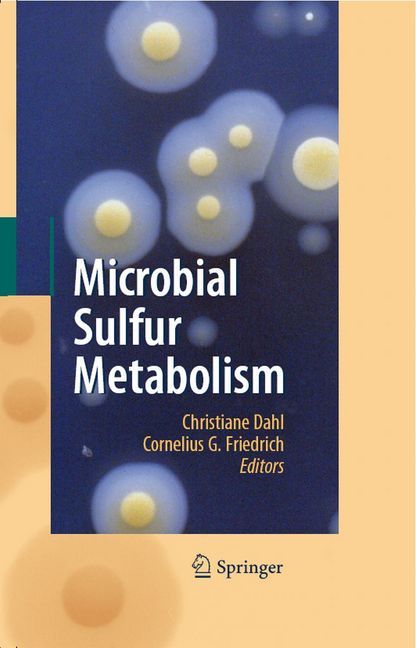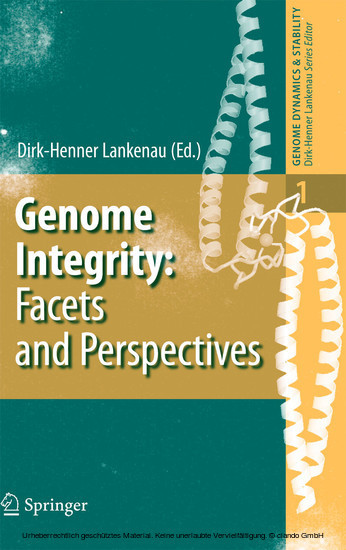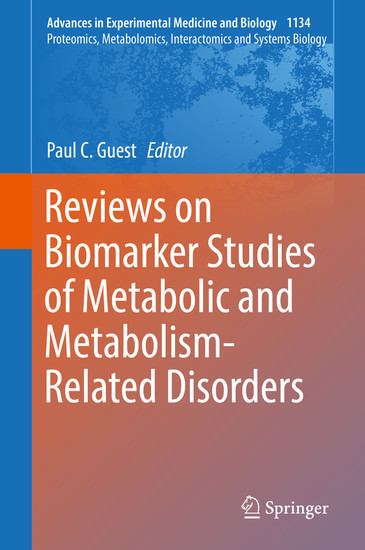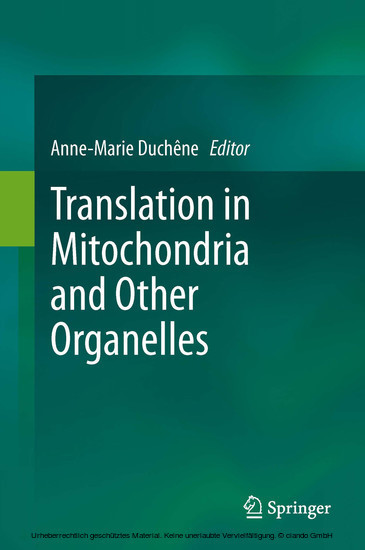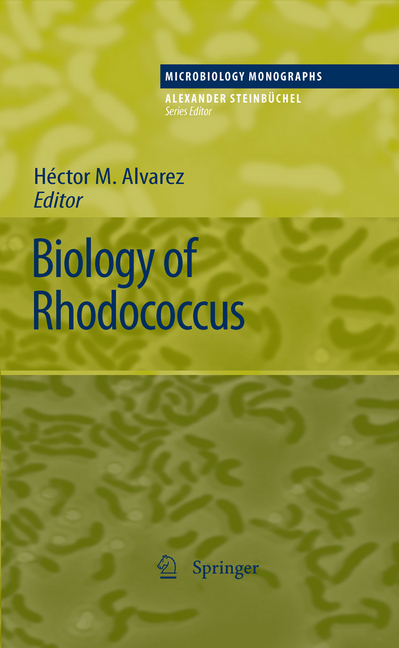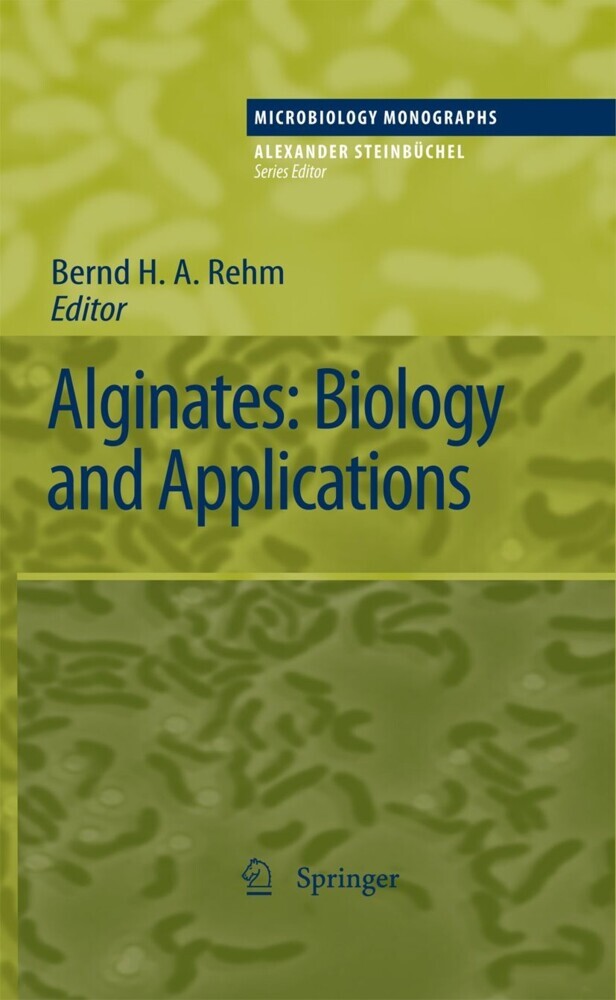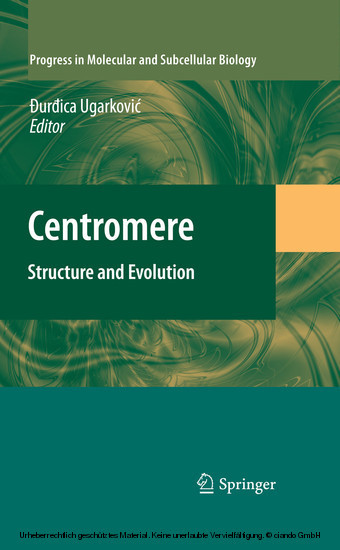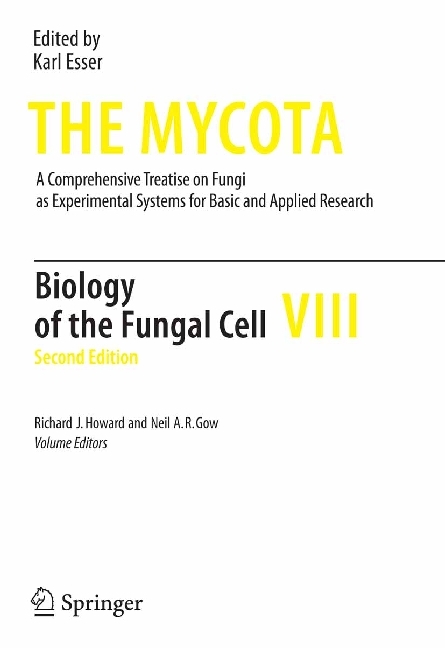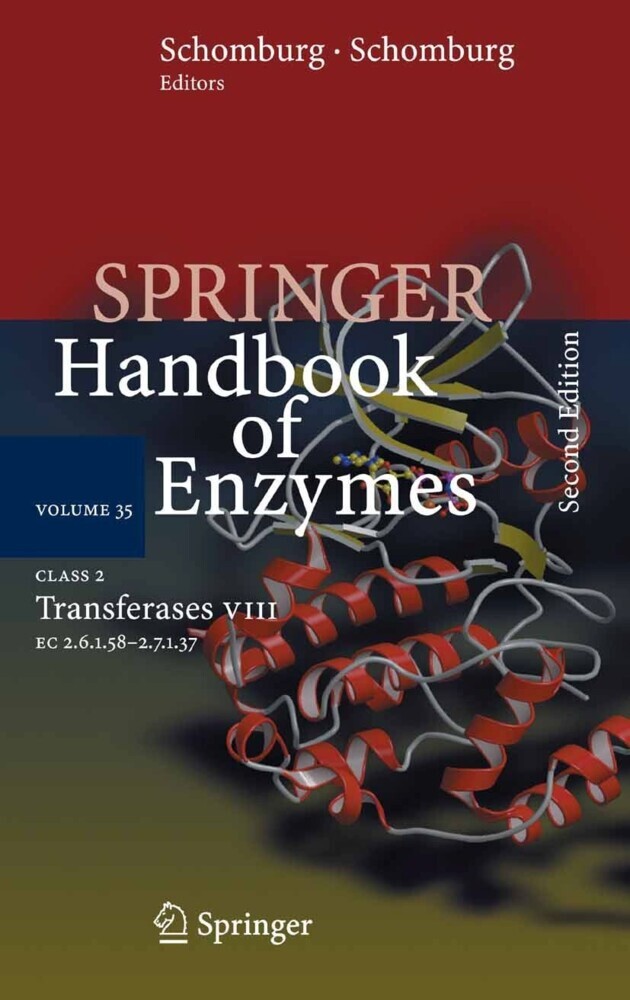Galactose Regulon of Yeast
From Genetics to Systems Biology
Galactose Regulon of Yeast
From Genetics to Systems Biology
The galactose regulon of yeast is one of the best studied regulons. It is an ideal paradigm for demonstrating fundamental and evolving concepts in biology and is used in this book as a model system to explain various facets of conventional and modern biology.
The book starts with a brief historical overview on yeast research, i.e. early observations in enzyme adaptation, classical genetics, formulating hypotheses based on genetic inference. This is followed by molecular genetics of the galactose regulon, isolation of genes and testing of the hypotheses. The power of mutational analysis in deciphering molecular mechanisms is conveyed. Further, contemporary topics such as genomics, evolution, single cell analysis of transcriptional switching, binary and graded responses, biological consequences of feed back regulation in genetic circuits, and stochasticity are addressed.
Genetic Dissection of Galactose Metabolism. Genetic analysis of GAL regulon. Genetic mapping of GAL genes
Genetic Analysis GAL Genetic Switch. Negative control by the repressor. Operator repressor model of GAL regulon. Genetic interactions. Conditional lethal mutations. Revised model of GAL genetic switch. Signal transduction in GAL regulon
Molecular Genetics of GAL Regulon. Cloning: a perspective. Genomic organization of GAL cluster. Isolation of GAL4: the transcriptional activator. Isolation of GAL80: the repressor. Isolation of GAL3: the signal transducer
Signal Transduction Revisited. Revised model of signal transduction. Genetic dissection of signal transduction
Versatile Galactose Genetic Switch. Transcription activation. Glucose repression. Fine regulation of GAL genetic switch
Paradigmatic Role of Galactose Switch. GAL regulon and genomics. GAL regulon and systems biology. Galactose metabolism and evolution. GAL Switch as a tool. Lessons learned.
The book starts with a brief historical overview on yeast research, i.e. early observations in enzyme adaptation, classical genetics, formulating hypotheses based on genetic inference. This is followed by molecular genetics of the galactose regulon, isolation of genes and testing of the hypotheses. The power of mutational analysis in deciphering molecular mechanisms is conveyed. Further, contemporary topics such as genomics, evolution, single cell analysis of transcriptional switching, binary and graded responses, biological consequences of feed back regulation in genetic circuits, and stochasticity are addressed.
Introduction. An overview. Yeast is a eukaryotic model organism. A cell as a biochemical entity
Adaptation to Environment. Growth and multiplication. Enzyme adaptation. Induction to Leloir enzymesGenetic Dissection of Galactose Metabolism. Genetic analysis of GAL regulon. Genetic mapping of GAL genes
Genetic Analysis GAL Genetic Switch. Negative control by the repressor. Operator repressor model of GAL regulon. Genetic interactions. Conditional lethal mutations. Revised model of GAL genetic switch. Signal transduction in GAL regulon
Molecular Genetics of GAL Regulon. Cloning: a perspective. Genomic organization of GAL cluster. Isolation of GAL4: the transcriptional activator. Isolation of GAL80: the repressor. Isolation of GAL3: the signal transducer
Signal Transduction Revisited. Revised model of signal transduction. Genetic dissection of signal transduction
Versatile Galactose Genetic Switch. Transcription activation. Glucose repression. Fine regulation of GAL genetic switch
Paradigmatic Role of Galactose Switch. GAL regulon and genomics. GAL regulon and systems biology. Galactose metabolism and evolution. GAL Switch as a tool. Lessons learned.
Bhat, Paike Jayadeva
| ISBN | 9783540740155 |
|---|---|
| Artikelnummer | 9783540740155 |
| Medientyp | E-Book - PDF |
| Copyrightjahr | 2008 |
| Verlag | Springer-Verlag |
| Umfang | 220 Seiten |
| Sprache | Englisch |
| Kopierschutz | Digitales Wasserzeichen |

